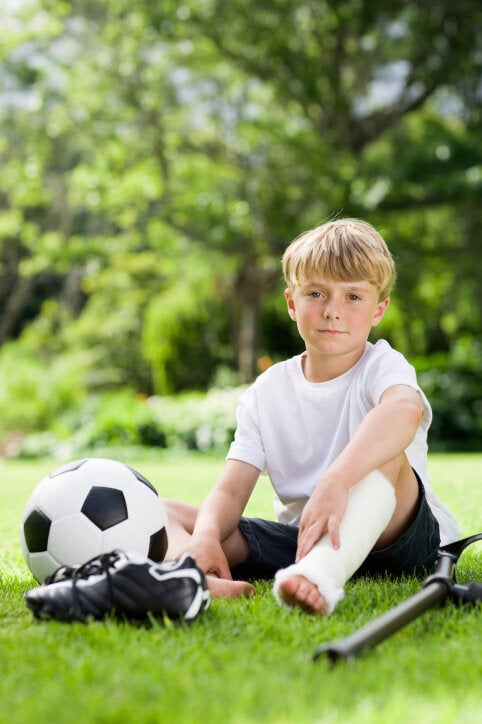
The President's Cancer Panel published a 240-page report saying that the proportion of cancer cases caused by environmental exposures has been "grossly underestimated." The report, which is being widely criticized, warns of "grievous harm" from chemicals and other hazards, and cites "a growing body of evidence linking environmental exposures to cancer." It specifically addresses children and says that they are especially vulnerable. Recommendations include urging from the government to strengthen research and regulation, and advising individuals on ways to limit exposure to potential threats like pesticides, industrial chemicals, medical X-rays, vehicle exhaust, plastic food containers, too much sun and other such dangers.
We must carefully analyze this information and the recommendations. What good is the quality and joy of life if lived in a plastic bubble? I suppose even that recommendation is a problem because a plastic bubble probably gives off toxic vapors. Scare tactics without recourse are not helpful; warnings about potential dangers, however, are necessary for increased awareness and appropriate precaution and an incentive to look for and find solutions and alternatives.
Ideally, if you could, you would pick parents with good genes and lifestyles appropriate for the 21st century. Barring that possibility, prudent lifestyle is in order. Eat healthy and avoid unnecessary risk. Less salt, less sugar, less processed foods, less sun, less unnecessary medical intervention and procedures including X-rays. One key word here is "less," not the elimination. You need the sun to prevent disease and bone fractures and you need X-rays to diagnose a clinically suspected "problem."
Another keyword is "unnecessary." Just because there may be easy access to medical care, that does not always mean that something must be done. A healthy body and time provide enormous healing potential. Every physician has been taught "first do no harm." Another phrase physicians know is "take two aspirin and call me in the morning." I would ask: do I need the aspirin? Why two, and not one?
As we race into the summer months, kids will be out and about running, jumping, playing and just being kids. Unfortunately summer fun can sometimes land kids in the hospital with bee stings, Lyme disease, sprained ankles, pulled muscles, broken bones and other injuries that may require imaging. As the need for orthopedic imaging of children rises during summer months due to increased physical activities and less protective attire, parents need to better understand important safety guidelines associated with the appropriate and safe use of ionizing radiation from X-rays and other imaging studies.
For years, I have been talking about the importance of reducing patient exposure to radiation. Not surprisingly, the FDA takes a very similar stance, and has recently talked about requiring imaging technology vendors to develop safety devices that will stop the examination if the radiation level registers above the acceptable range.
A few things to keep in mind about X-rays and imaging of children. Speak to your physician about your concerns around radiation exposure. Inquire if the X-ray is absolutely needed. Ask how many exposures are needed. In most instances, two views at 90 degrees to each other are the minimum number of exposures required to properly evaluate an area; additional views may not be needed. Contralateral views (getting the other arm, ankle etc.,) for comparison, are rarely needed. Inquire if imaging studies that do not use radiation, such as MRI or Ultrasound, can be used as an alternative. Remember, however, that depending on the age of the child, general anesthesia may be needed for an MR examination, and if so, the risk of the anesthesia needs to be weighed against the potential risk of the ionizing radiation. If a child must have an imaging examination that uses ionizing radiation, ask if the technique factors are being minimized. Make sure shields are used to protect areas of the body that are not being imaged. Do not let the technologist repeat an image because "there was movement" or the "image was too dark," etc. Ask to have a radiologist review the image that was obtained and determine if it is diagnostic or if it truly needs to be repeated.
Most radiologists and technologists are well versed in radiation and exposure levels. Don't be afraid to ask as many questions as you need until you get answers that satisfy you.